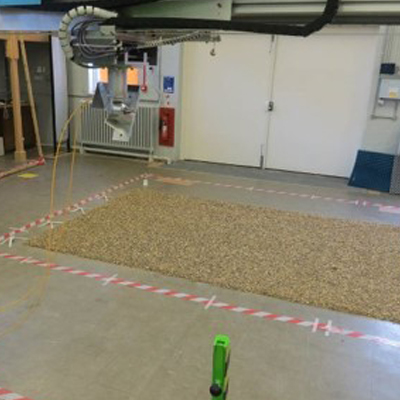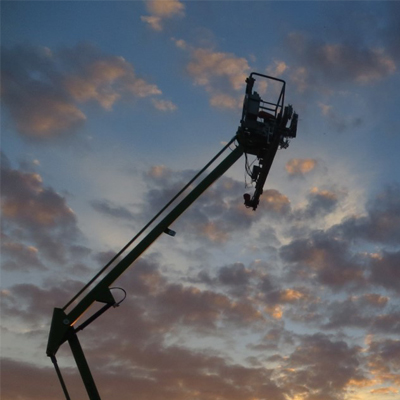The ground-based synthetic aperture radar (GBSAR) laboratory investigates new remote sensing techniques for future airborne and spaceborne intelligence gathering platforms.
Demonstrated highlights include:
- 3D through-wall SAR and automated collection of 3D SAR imagery.
- Extreme high resolution SAR and coherent change detection (CCD) images.
- Coherent change detection imagery over non-flat terrain.
- Hyperspectral SAR for material characterisation.
Ongoing investigations and research
Investigation of radar phenomenology queries arising from Wyton Airbase – the headquarters of the Joint Forces Intelligence Group (JFIG) and the Defence Geospatial Intelligence Fusion Centre (DGIFC, formerly JARIC).
Improved techniques for through-wall intelligence gathering under the Disruptive Capabilities (DisCap) programme, Remote Intelligence for Building Interiors (RIBI).
Lab multistatic radar configurations to mimic a swarm of quadcopter borne radars, informing collaborator RIBI research conducted at QinetiQ and Airbus.
The origin of different puzzling radar artefacts observed in their collected airborne and space borne SAR images. These range from how ammo boxes or partially filled oil drum may look, to how a specific target or vibrating target will look, in SAR.
The GBSAR laboratory has recently received a QinetiQ-built passive microwave scanner for investigations into material screening and characterisation. This will enable us to widen the frequency range of the scanner, allowing better material characterisation.








